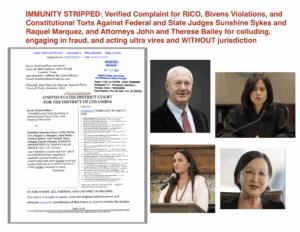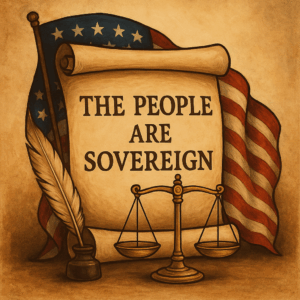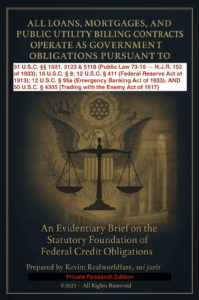In this article, we explore the structure and hierarchy of law firms, highlighting the different career stages from junior attorneys to senior partners. Understanding these roles is crucial for those navigating the legal profession, as each position carries distinct responsibilities and levels of authority. From associates handling the groundwork to senior partners leading the firm, this guide offers a comprehensive overview of how law firms are organized, the skills required to advance, and the paths available for growth within the legal industry. Whether you’re an aspiring lawyer or a seasoned professional, this breakdown will provide valuable insights into law firm dynamics and career development.
1. Managing Partner/Equity Partner – Senior-most attorneys with ownership interest in the firm.
2. Partner (Non-Equity) – Senior attorneys, often with leadership roles but no ownership interest.
3. Of Counsel/Special Counsel – Experienced attorneys who are not partners but may have special expertise or a long-standing relationship with the firm.
4. Senior Associate – More experienced than a regular associate, typically nearing consideration for partnership. Senior associates manage significant cases, mentor junior associates, and often handle more complex legal matters.
5. Mid-Level Associate – Attorneys with several years of experience, handling substantive legal work with increasing responsibility.
6. Junior Associate – Newer attorneys, generally focused on research, drafting, and less complex legal tasks.
7. Paralegal – Legal assistants who support attorneys by handling paperwork, research, and administrative tasks.
8. Law Clerk – Law students or recent graduates assisting attorneys with research, drafting, and other work under supervision.
In some firms, there may be additional nuances in titles or hierarchies, but this structure is typical.




